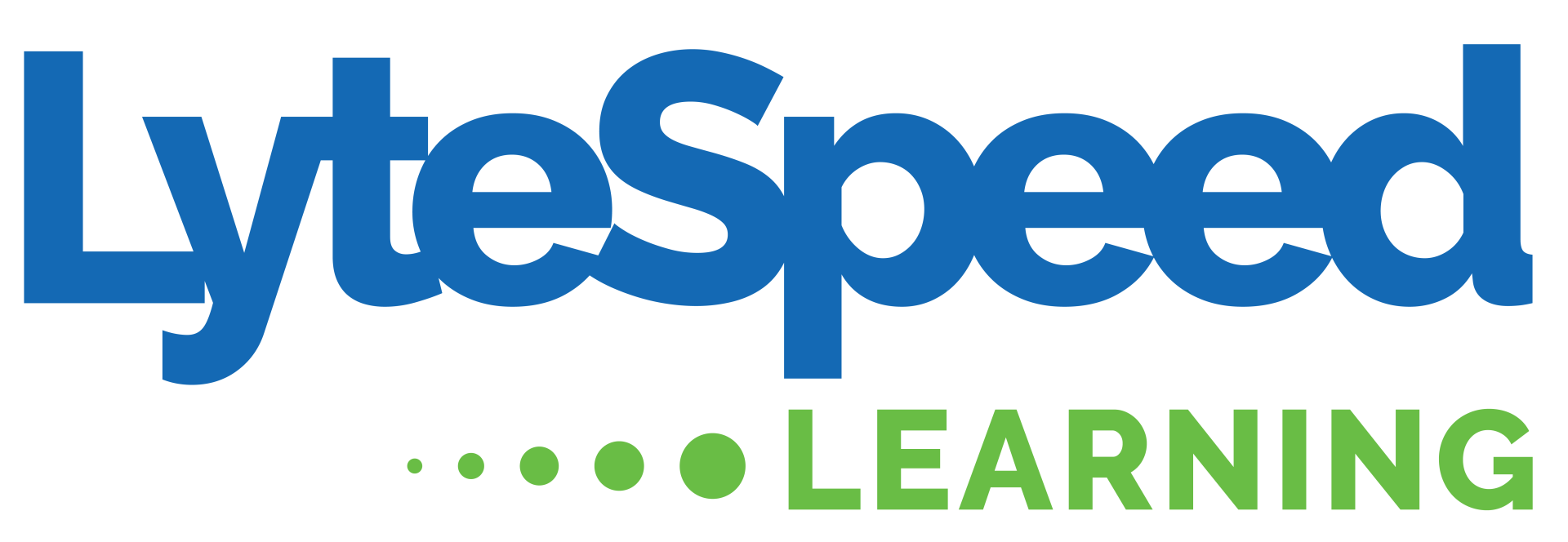LyteSpeed Learning is California’s leading pre-licensing course provider. Our classes can help you qualify for insurance licenses across a wide range of product lines. But if you’re new to the industry, it can be difficult to figure out which product lines to offer – and what the differences are between them.
One example of this is the choice between two similar lines of business: “Property and Casualty” insurance and “Personal Lines” insurance. These categories often overlap, but they serve different purposes and cover various aspects of risk and liability.
What is Property and Casualty Insurance?
Property and Casualty (P&C) insurance is a broad category that includes a range of insurance policies designed to protect against property losses and liability. P&C insurance can be broken down into two main components:
- Property Insurance – This type of insurance covers damage to or loss of the policyholder’s property. It can include homeowner’s insurance, renter’s insurance, and commercial property insurance. Coverage typically extends to damages from fire, theft, or natural disasters.
- Casualty Insurance – This component of P&C insurance primarily deals with liability, ensuring that the policyholder is protected from being held liable for injuries or damages inflicted on others. This can include auto liability insurance, workers’ compensation, and general liability insurance.
P&C insurance is not limited to personal policies. It encompasses a wide array of coverages including those for businesses, organizations, and other entities. This broad scope makes P&C a foundational component of both individual and commercial insurance landscapes.
What is “Personal Lines Insurance?”
Personal Lines insurance is a *subset* of P&C insurance, and specifically caters to individuals and families rather than businesses or organizations. It provides coverage for personal assets and liability, focusing on protecting individuals from financial losses associated with their home, personal property, and vehicles. Common types of personal lines insurance include:
- Homeowner’s Insurance – Protects against damage to a home and the owner’s belongings inside it. It also provides liability coverage in case someone is injured on the property.
- Auto Insurance – Covers damages to a vehicle and liability for injuries and damage to others caused by the vehicle’s operation.
- Renters Insurance – Offers protection for belongings within a rented property and liability for damages to the property or injuries occurring within it.
The primary goal of personal lines insurance is to cover personal risk rather than commercial risk. The policies are designed with the needs of individual consumers in mind, providing essential protection for their homes, automobiles, and other personal assets.
Difference Between Personal Lines and Property and Casualty
While all personal lines insurance is a form of property and casualty insurance, not all P&C insurance is limited to personal lines. The key difference lies in the scope of coverage – P&C covers a broader array, including commercial and organizational needs, whereas personal lines are specifically tailored to cover individuals and families against personal risks.
If you’d like to be either a P&C agent or a personal lines agent, you can obtain and maintain your license right here on LyteSpeed Learning.

